Milk has been through hard times. This seemingly innocent beverage evolved from being placed on a pedestal reflective of all things pure and wholesome to being the maligned victim of public shaming by health enthusiasts across social media. What led to its fall from grace?
Changing the perception of milk products
The history of America’s food guides is quite telling. Less than a century ago, milk was so highly regarded in the American diet that the absence of it in an American household would have turned doting moms into outcasts. From the 1950s to the 1970s, the Daily Food Guide issued by the United States Department of Agriculture and touted as science-based dietary guidance included a stand-alone milk group. The recommended cups of milk per day was three to four for children; four or more for teenagers; and two or more for adults. The 1979 guidelines update preserved its prominent presence and invited cheese into the group. Yogurt became part of this unit in 1984, which continued in 1992 but with serving recommendations scaled back to two to three cups per day. In 2005, milk maintained its foothold. The update in 2011 was revolutionary by comparison. The dietary guidelines were depicted in an image named MyPlate, a simplified graphic with visual cues on portion sizes. The food group entitled “dairy,” is now situated in a small circular shape that sits off to the side of the main plate of vegetables, grains, fruits, and protein.
Nutritional composition and benefits
Before exploring the pros and cons, first, understand the components of whole cow’s milk. Per cup, it contains 149 calories, 88% water, 7.7 grams of protein, 11.7 grams of carbohydrates, 12.3 grams of sugar and 8 grams of fat. The proteins are casein (insoluble) and whey (soluble), both of which are high in essential amino acids. It’s the whey protein that wins special favor with weightlifters because that’s the component known to support muscle growth and maintenance.
At the mention of milk, the first benefit that typically comes to mind is calcium, but it also contains folate, magnesium, phosphorous, potassium, zinc, and Vitamins A and B-12. Calcium serves the body in several ways: Formation of bones and teeth; blood clotting; muscle contraction; release of neurotransmitters; and numerous metabolic functions. Calcium is instrumental in the absorption of vitamin B12, secretion of insulin and interactions that enable nutrients to permeate the cells. Magnesium and phosphorous are also essential to strong bones and teeth. Potassium is beneficial for blood pressure.
However, these functions depend on the absorption and utilization of calcium once it is digested, which is influenced by other foods in the diet as well as the interaction of hormones. Additionally, scientific data is inconclusive about how much calcium is needed so much so that the USDA suggests levels of Adequate Intake (AI) rather than a Recommended Dietary Allowance (RDA). AI provides guidance when science lacks the evidence needed to determine the RDA.
How milk gets a bad reputation
Fat and sugar content puts cow’s milk on the watch list for some people. Whole milk produced in the U.S. contains 3.25% fat. There was a time when all fats were demonized, but we have since learned that healthy weight loss does not equate to cutting out fat. Some fat is necessary, and weight loss is controlled through a balanced program of nutrition and exercise. People who do want to continue drinking milk but are concerned about fat can opt for 2% reduced-fat, 1% low-fat or skim milk.
Approximately 5% of milk is simple sugar lactose, which requires an enzyme named lactase to break it down. Lactose-intolerant describes a condition where this enzyme may be missing or not fully functioning in the digestive system. There has been so much discussion about this that even people without this condition perceive milk to be unhealthy. This is comparable to people jumping on the gluten-free bandwagon even though the restriction primarily applies to sufferers of Celiac Disease.
The loudest blasphemy against cow’s milk pertains to its source, stemming from fear of growth hormones, infectious cells and worse. Cows are injected with hormones to accelerate the production of milk. Some people choose soy over cow’s milk; however, soy contains growth hormones as well. While cows do become ill, bruised and infected, we may take comfort in the strict testing mandated by the Food and Drug Administration as well as the pasteurization process to destroy undesirable bacteria.
Children and adults can develop milk allergies. If you have skin irritation, issues with your gut or breathing difficulties following milk consumption, seek medical advice to determine if these are signs of an allergic reaction.

Peer-reviewed studies
There have been studies in the past indicating a correlation between milk consumption and multiple health issues, including fracture risk. A study published in 2009 questioned the value of milk and pointed to high osteoporotic bone fracture rates in countries where high levels of milk and animal products were consumed. However, a study published in 2017 raised questions about such findings, pointing out obstacles when trying to link the effects of a single food and that reliable dietary intake information needs to be collected over a long period of time; long before the fracture occurrence. The researchers determined there was no conclusive evidence that current high milk consumption needs to be modified.
Evaluation of dietary nutrition continues
Clearly, the pros and cons are quite controversial. Keep reading, listen to your body, and consult with a physician to follow up on symptoms that may indicate any sensitivity to dairy. Follow us on Facebook for future updates.
The post Is Milk Bad For You? appeared first on Gaspari Nutrition.


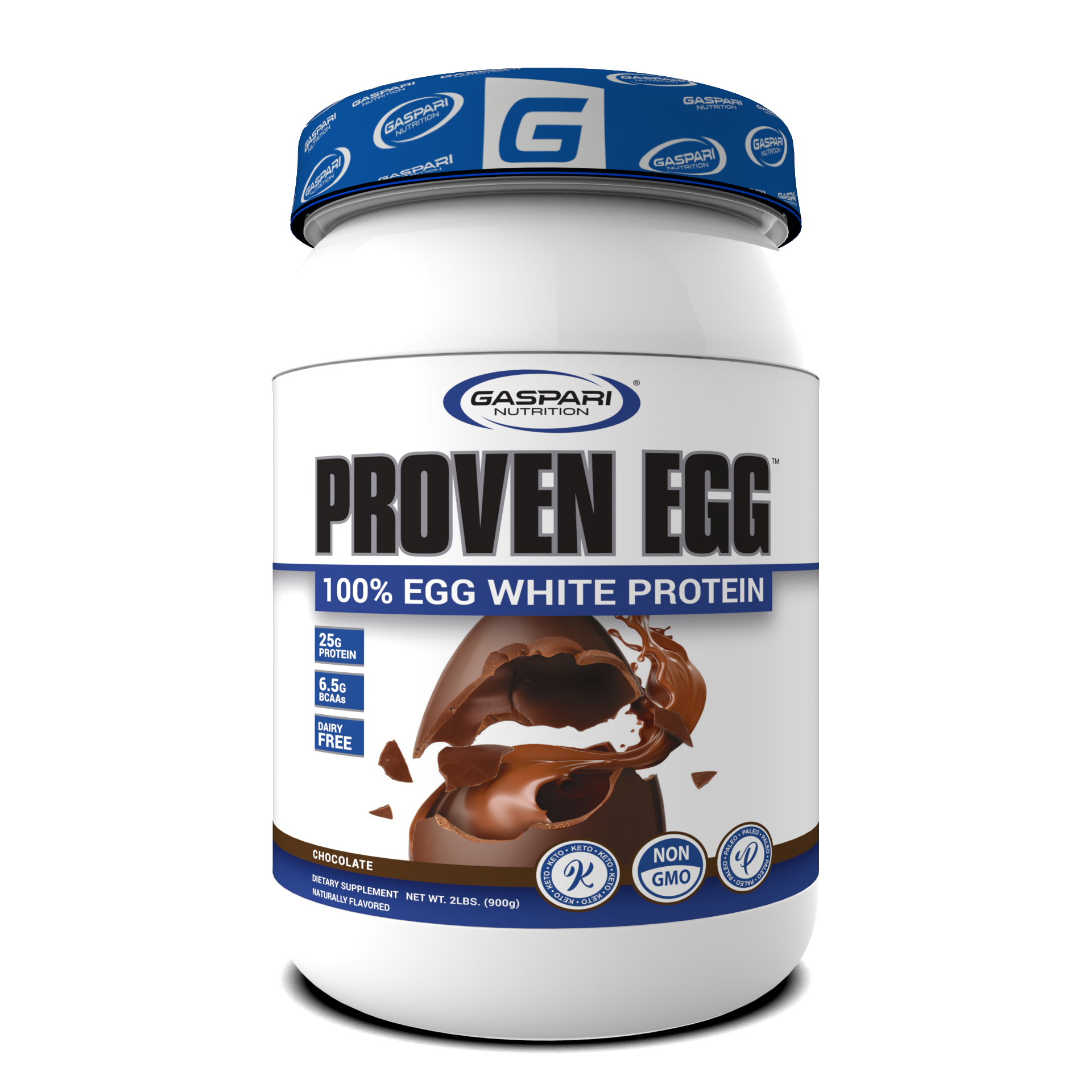




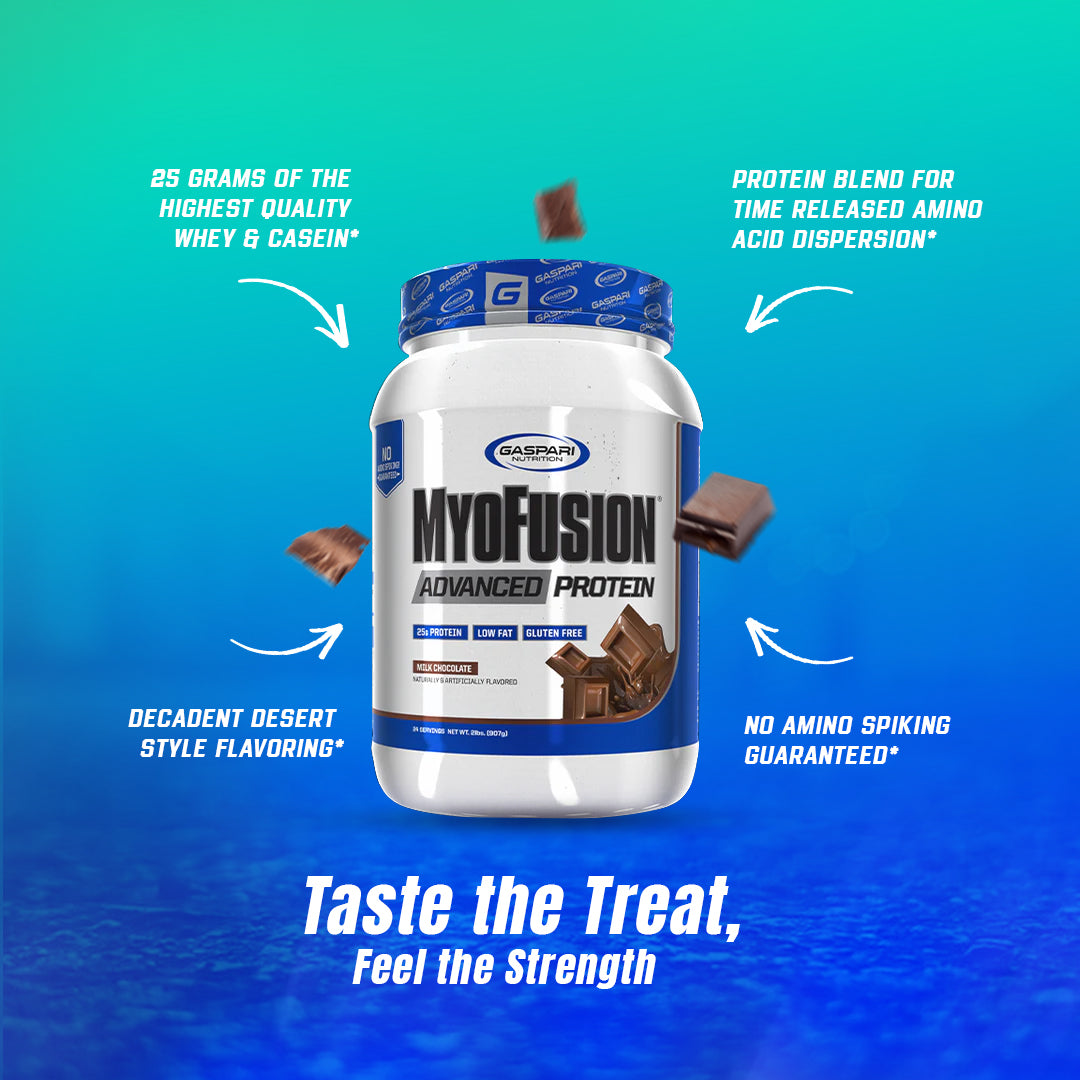

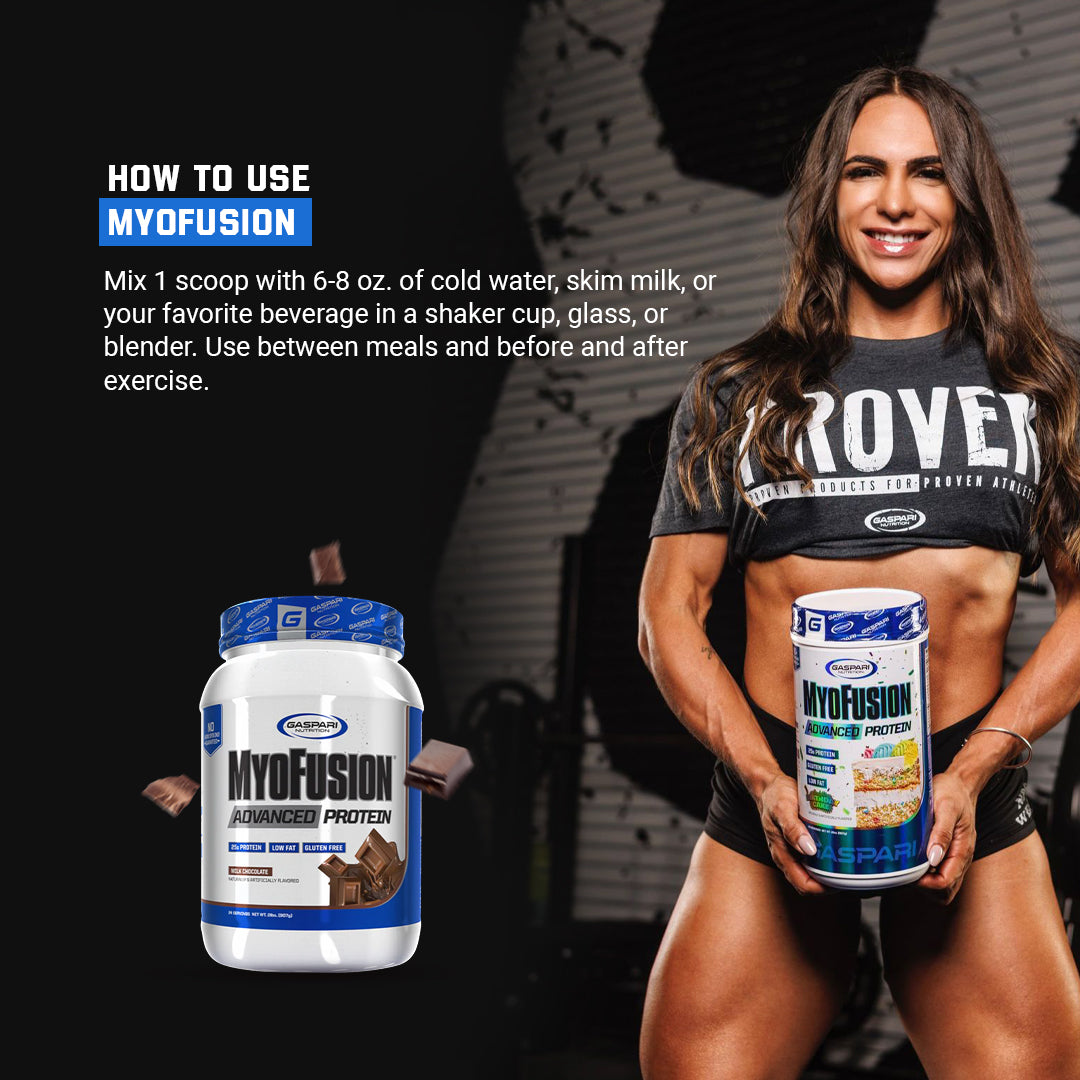
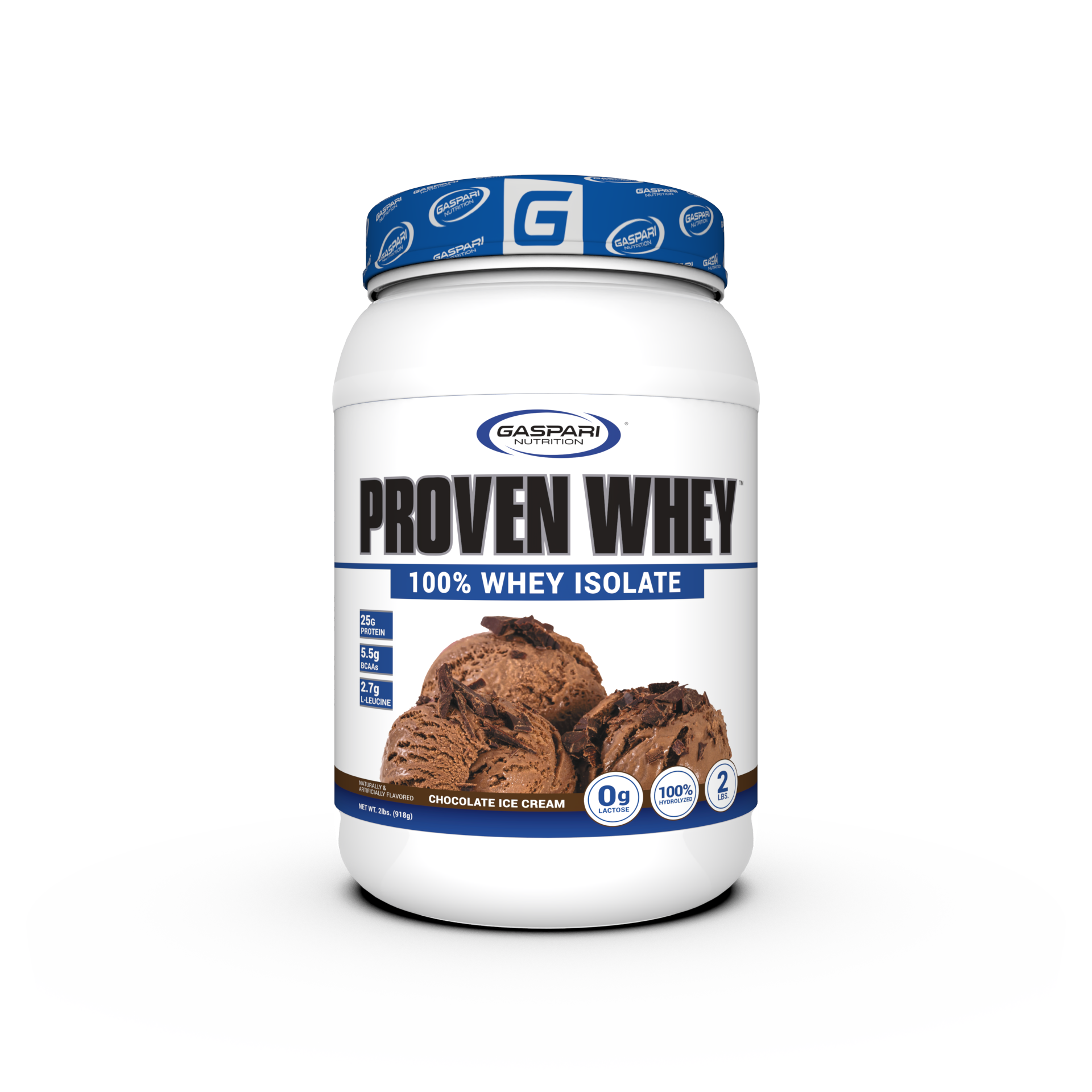




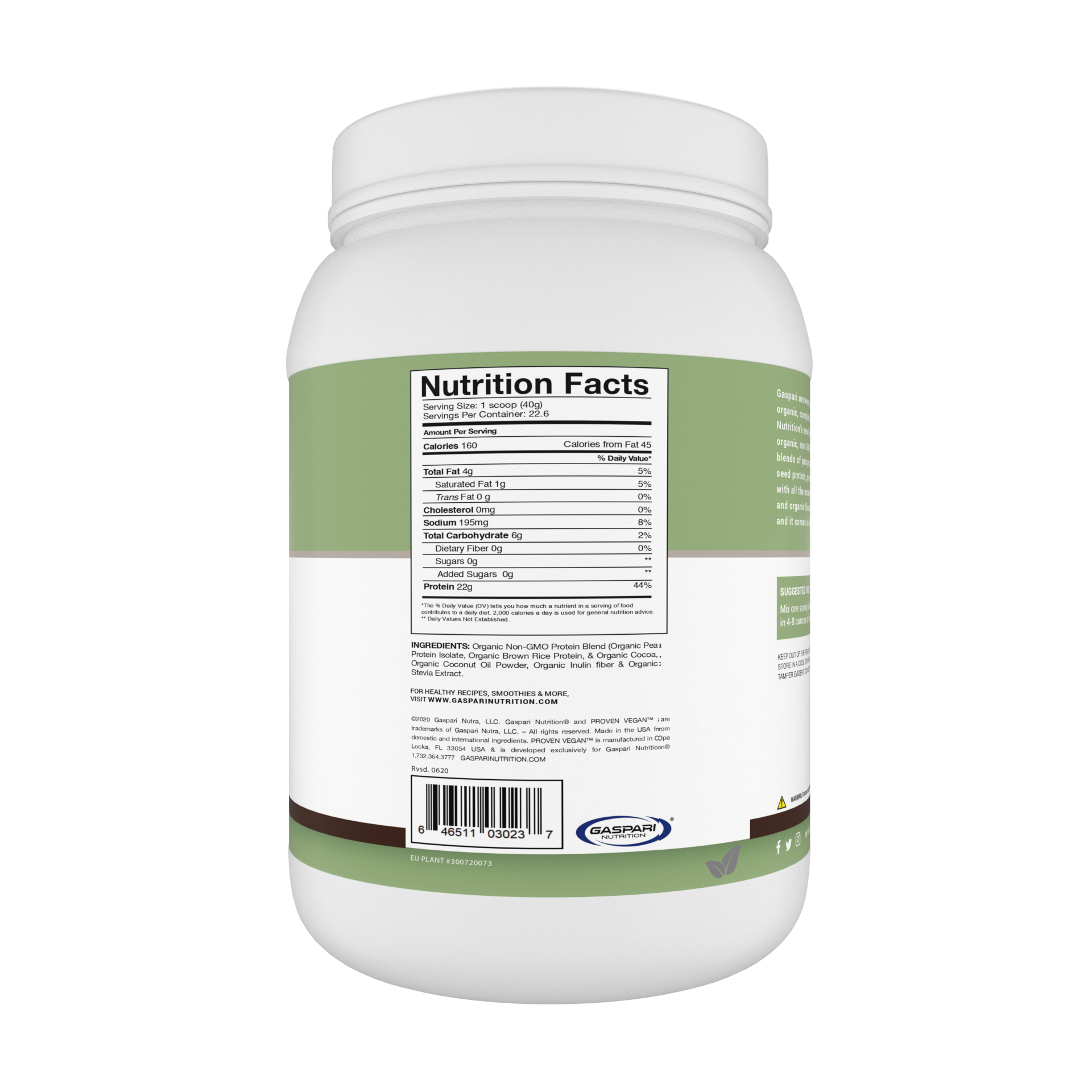

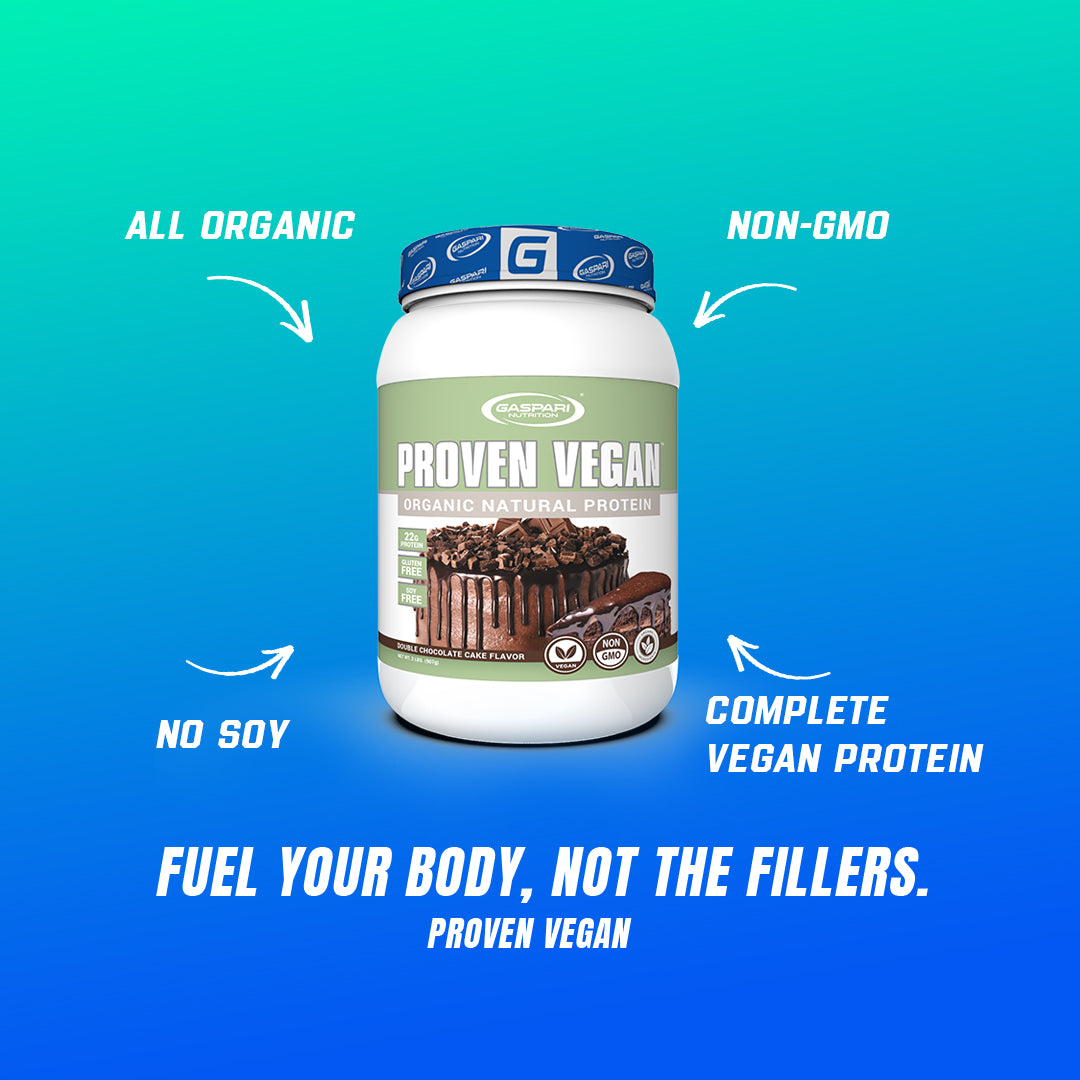
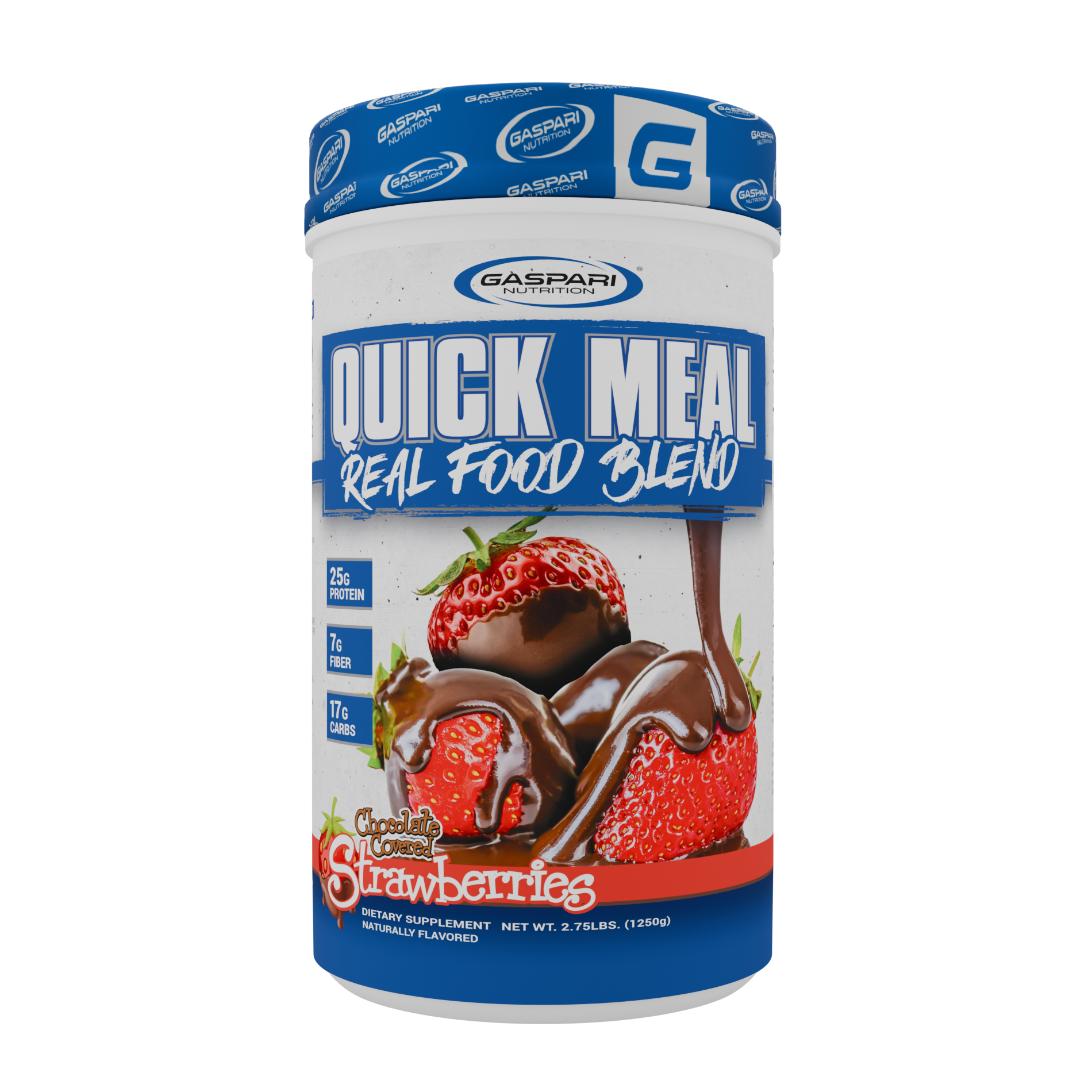


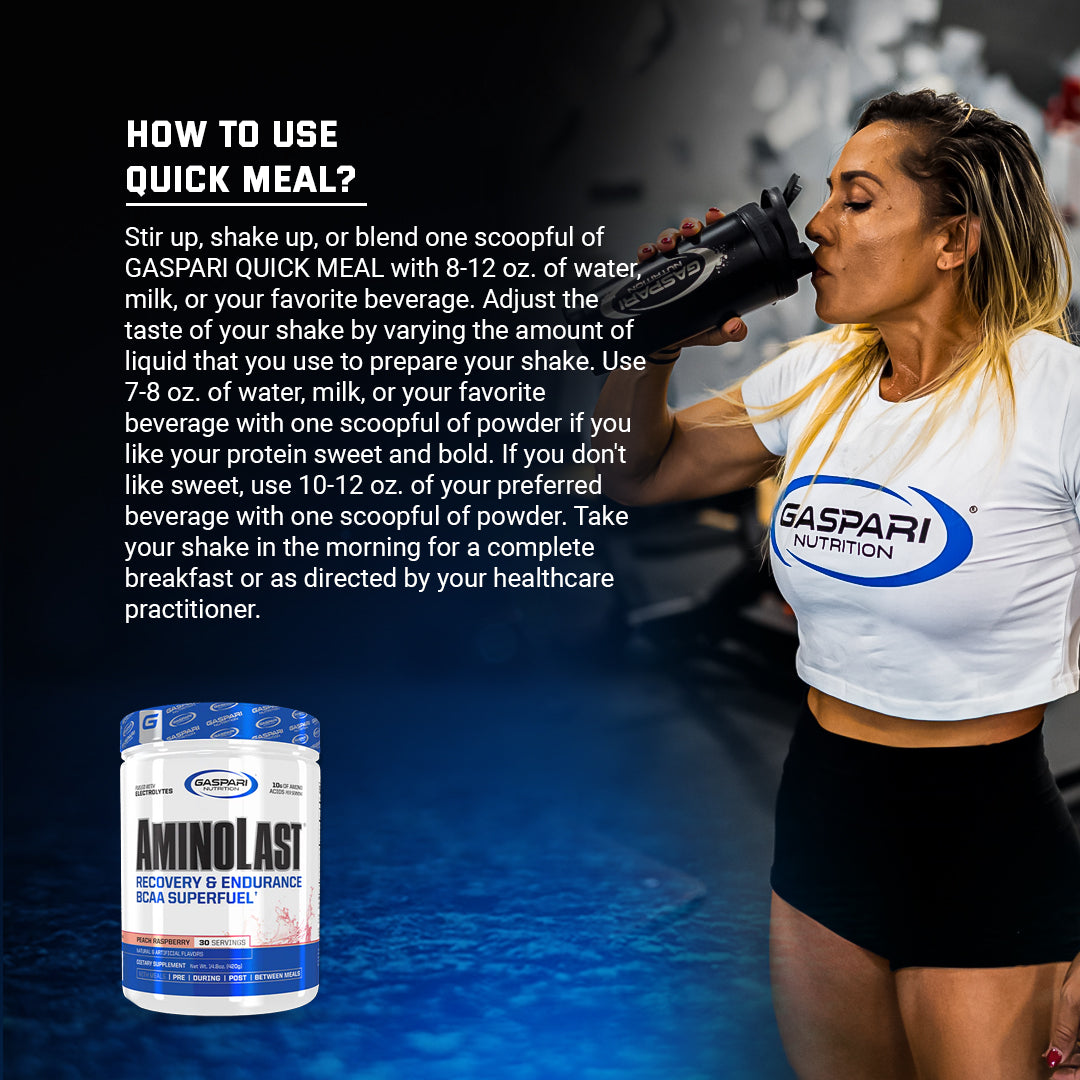
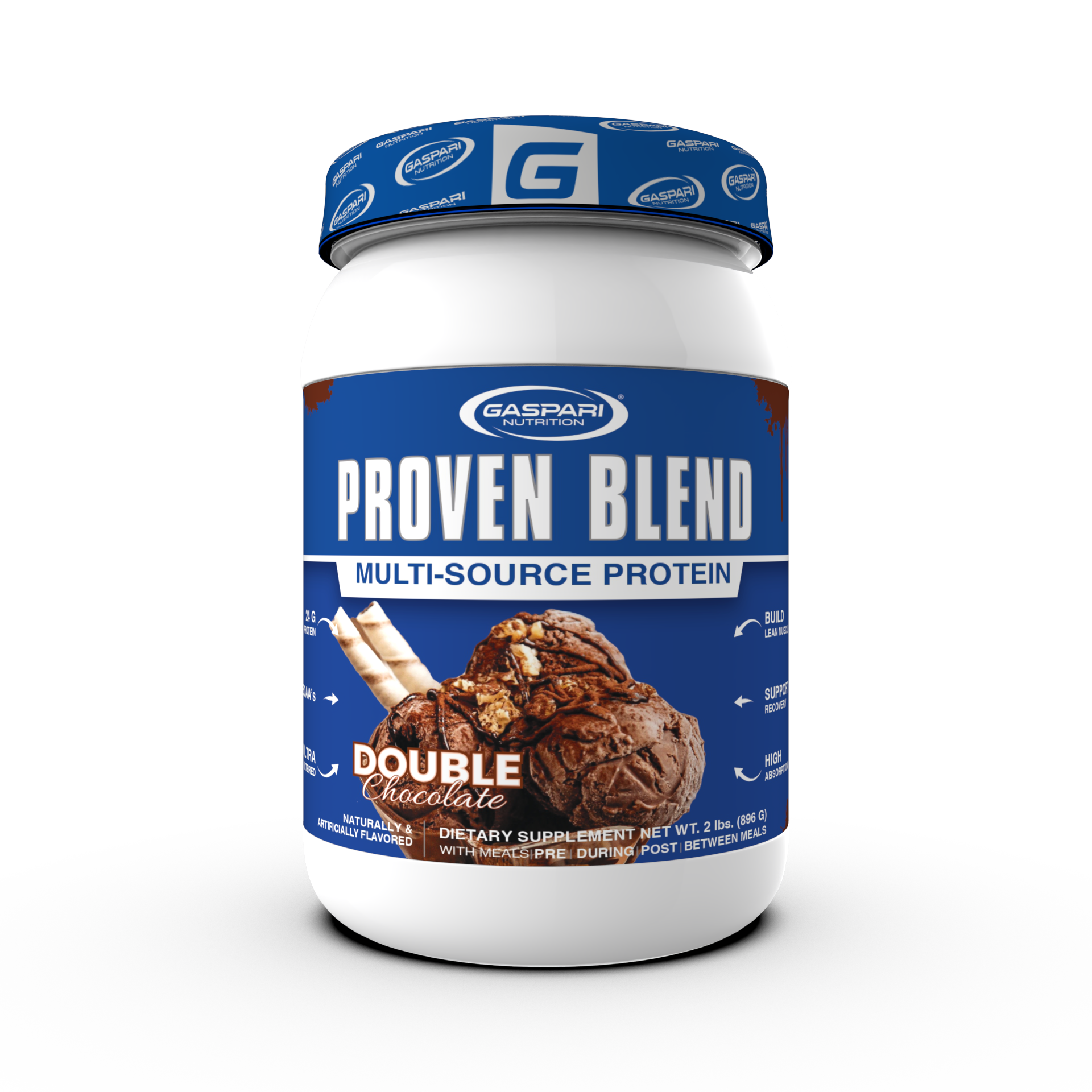
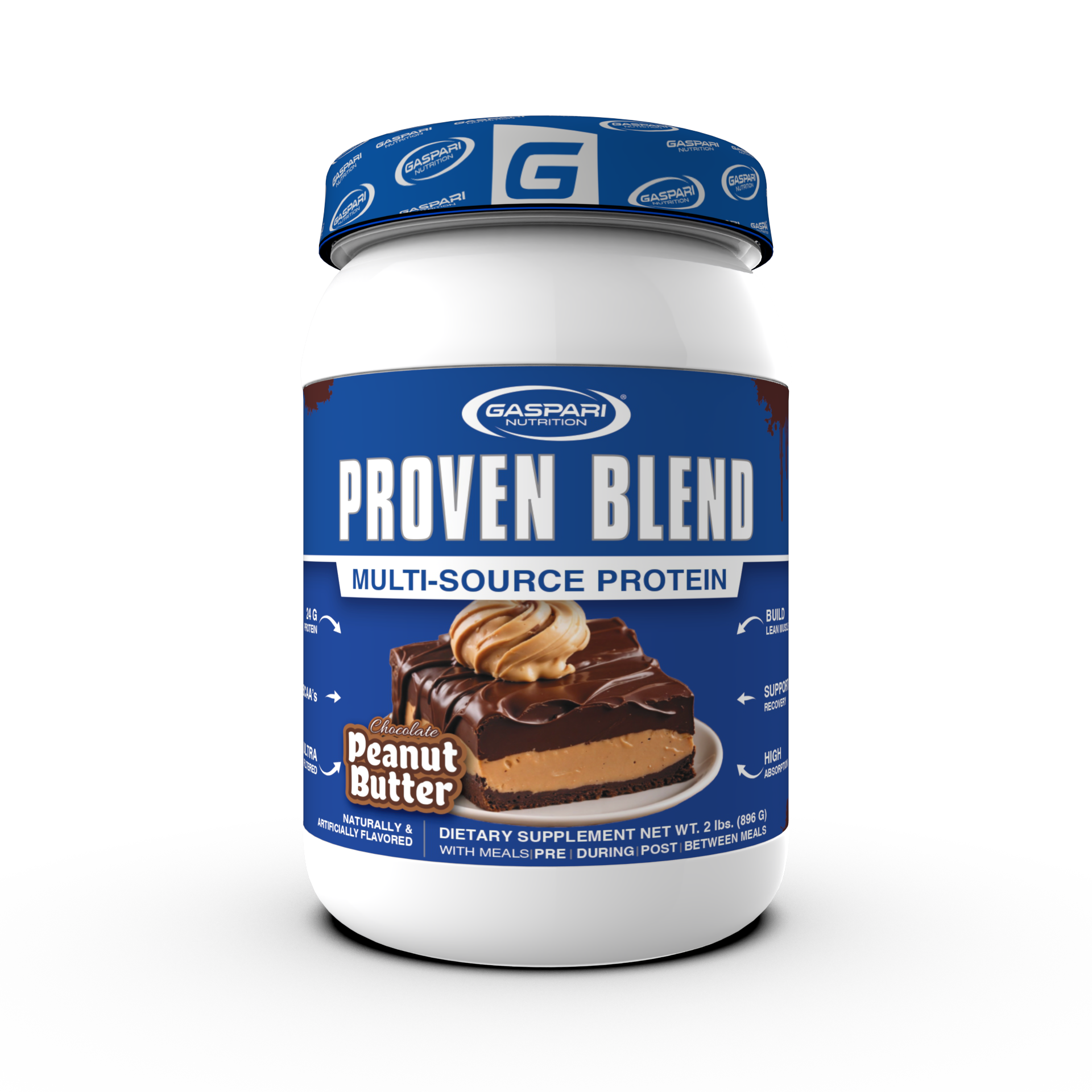














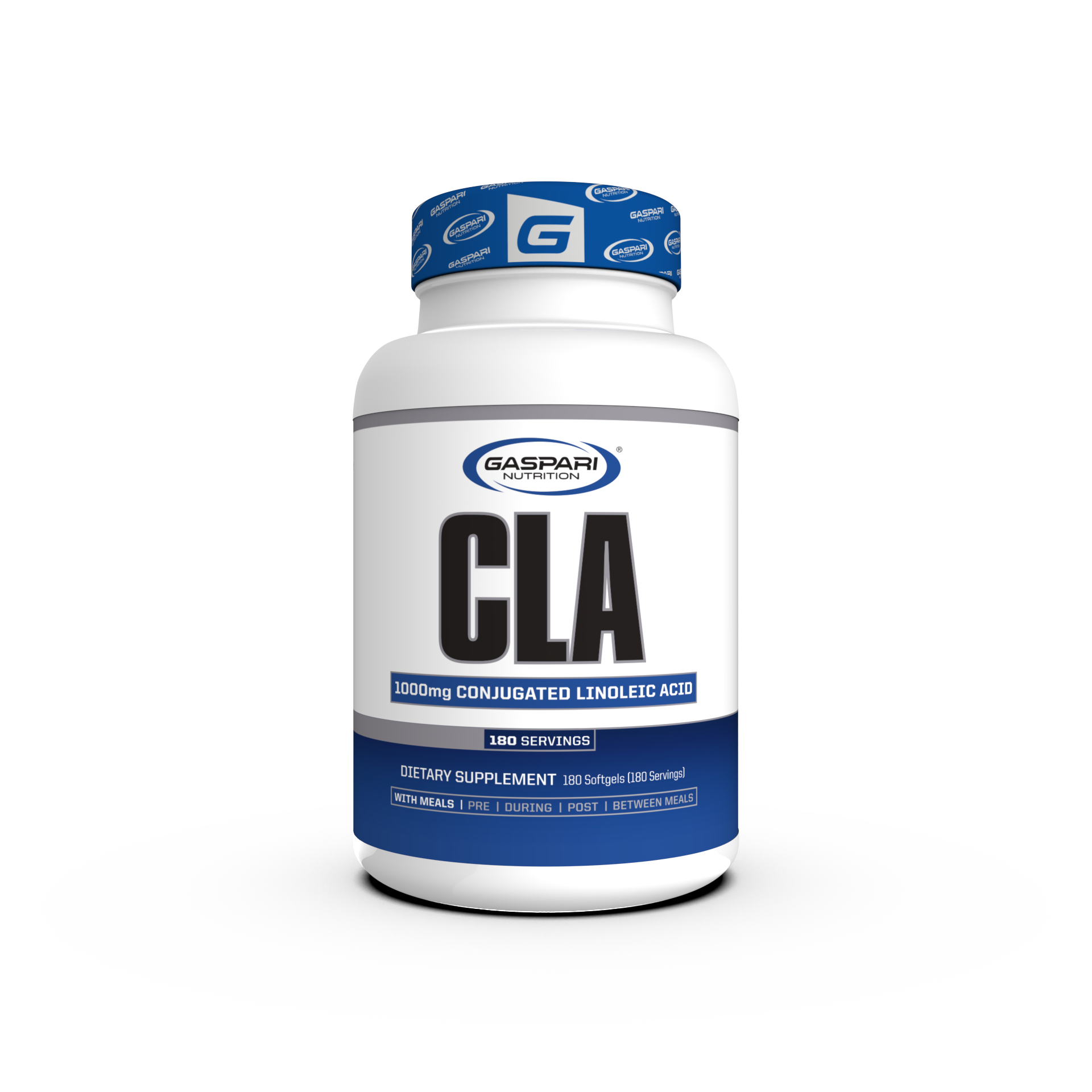

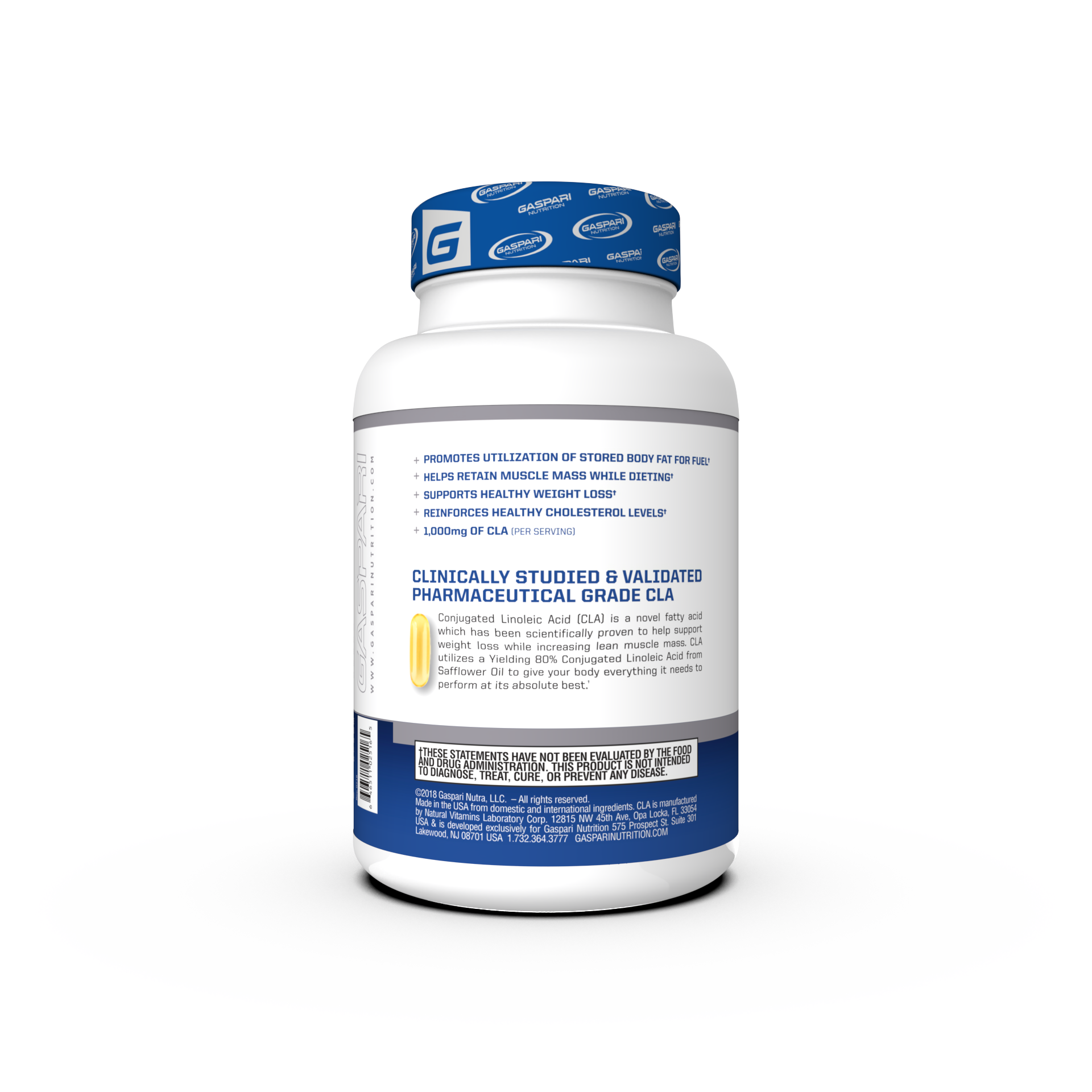



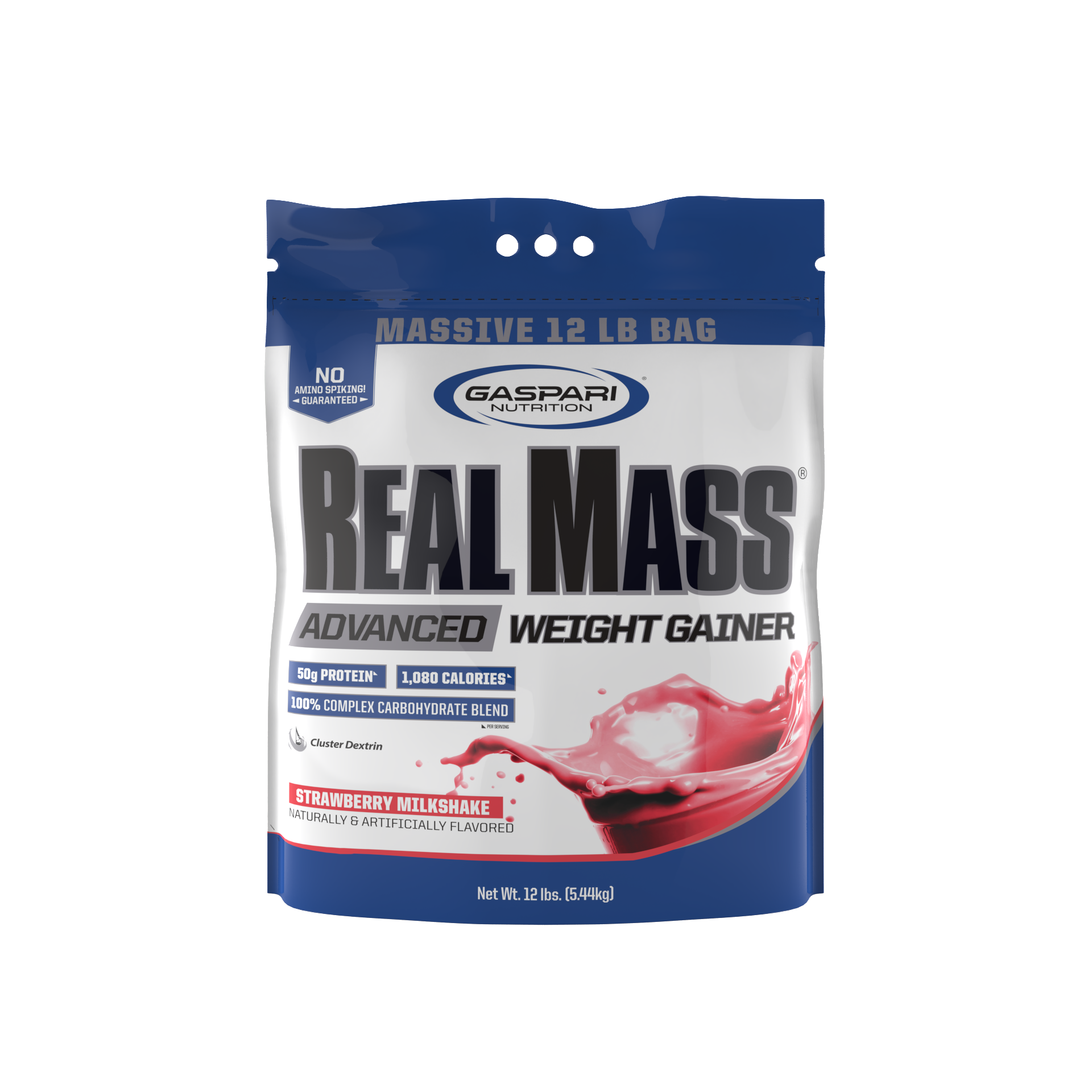










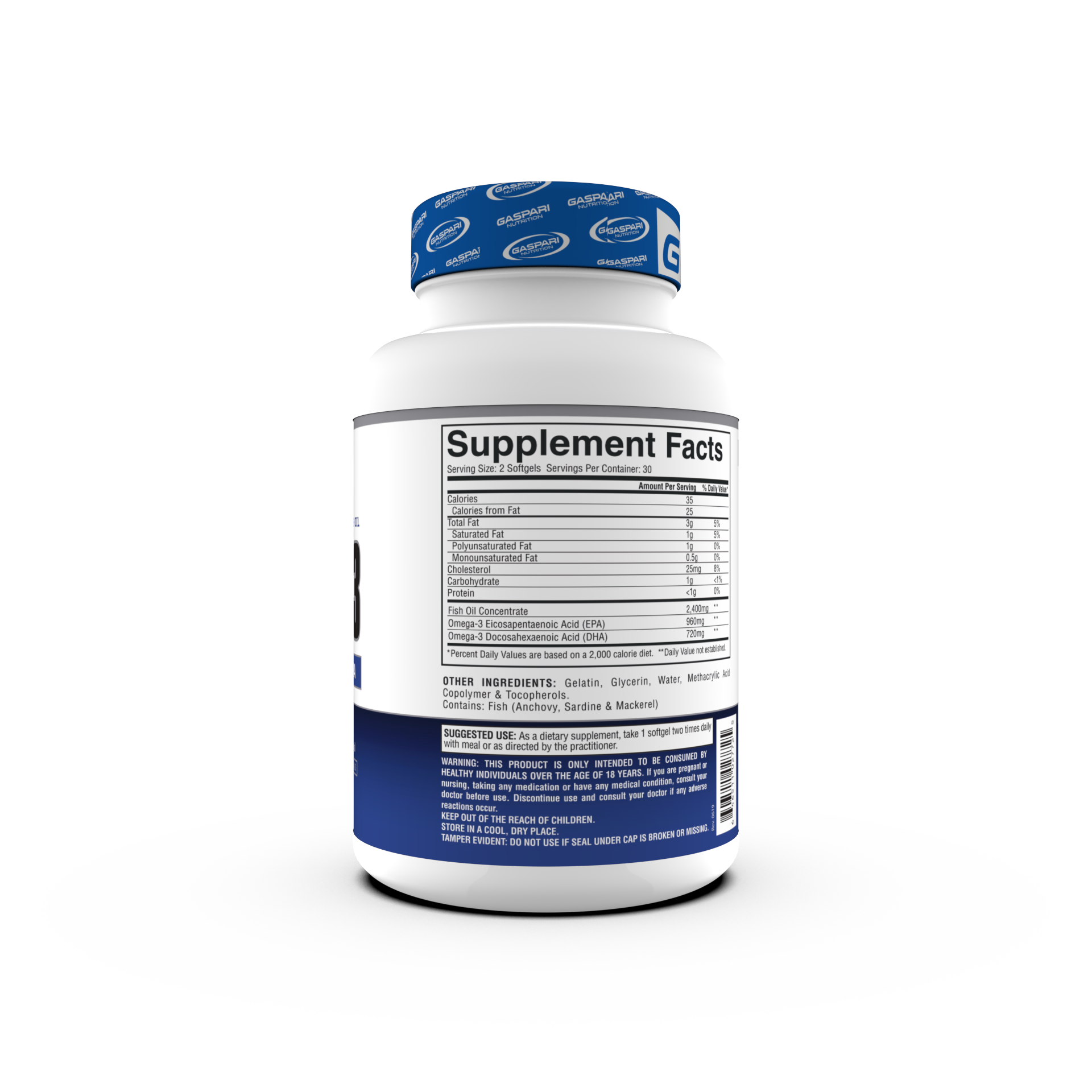
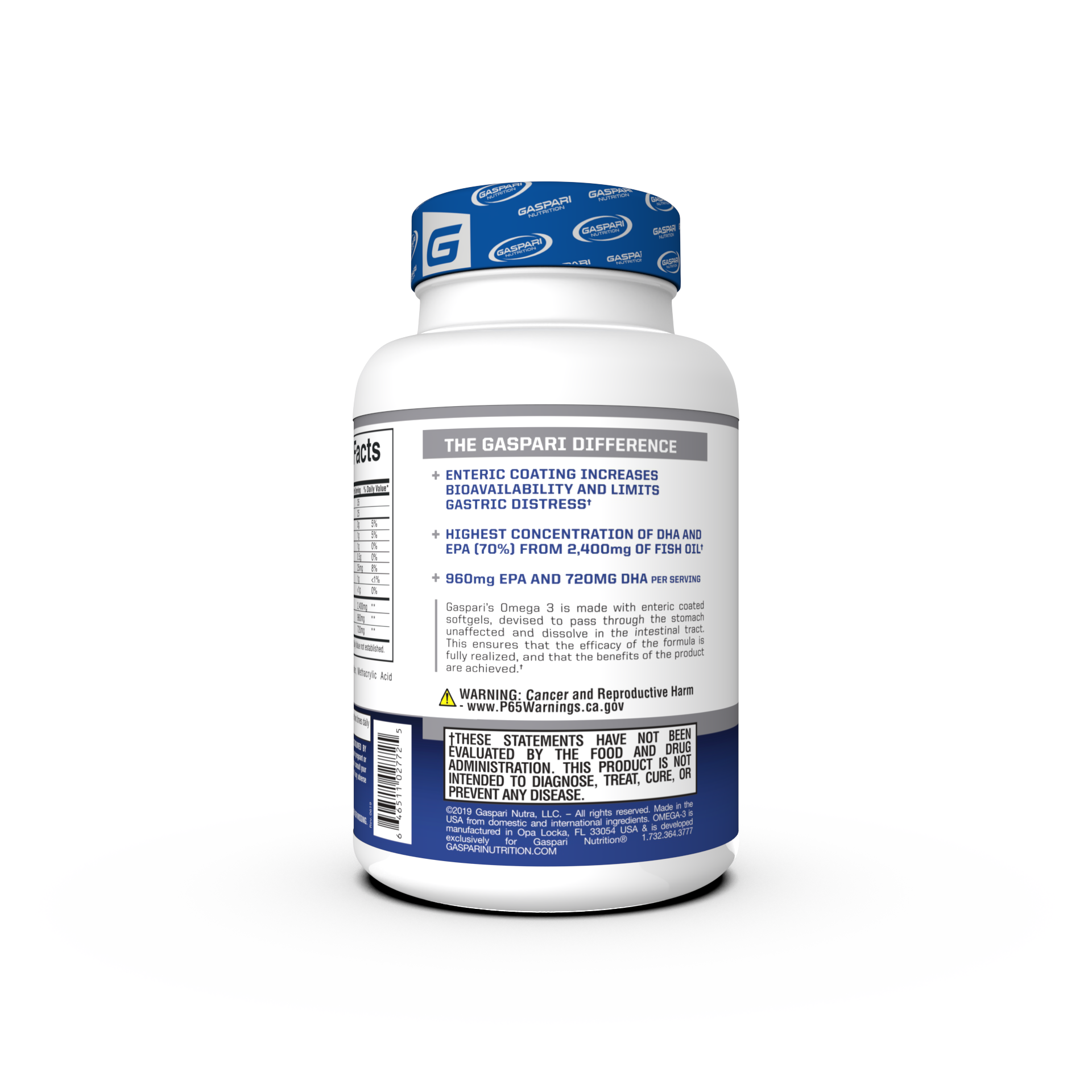











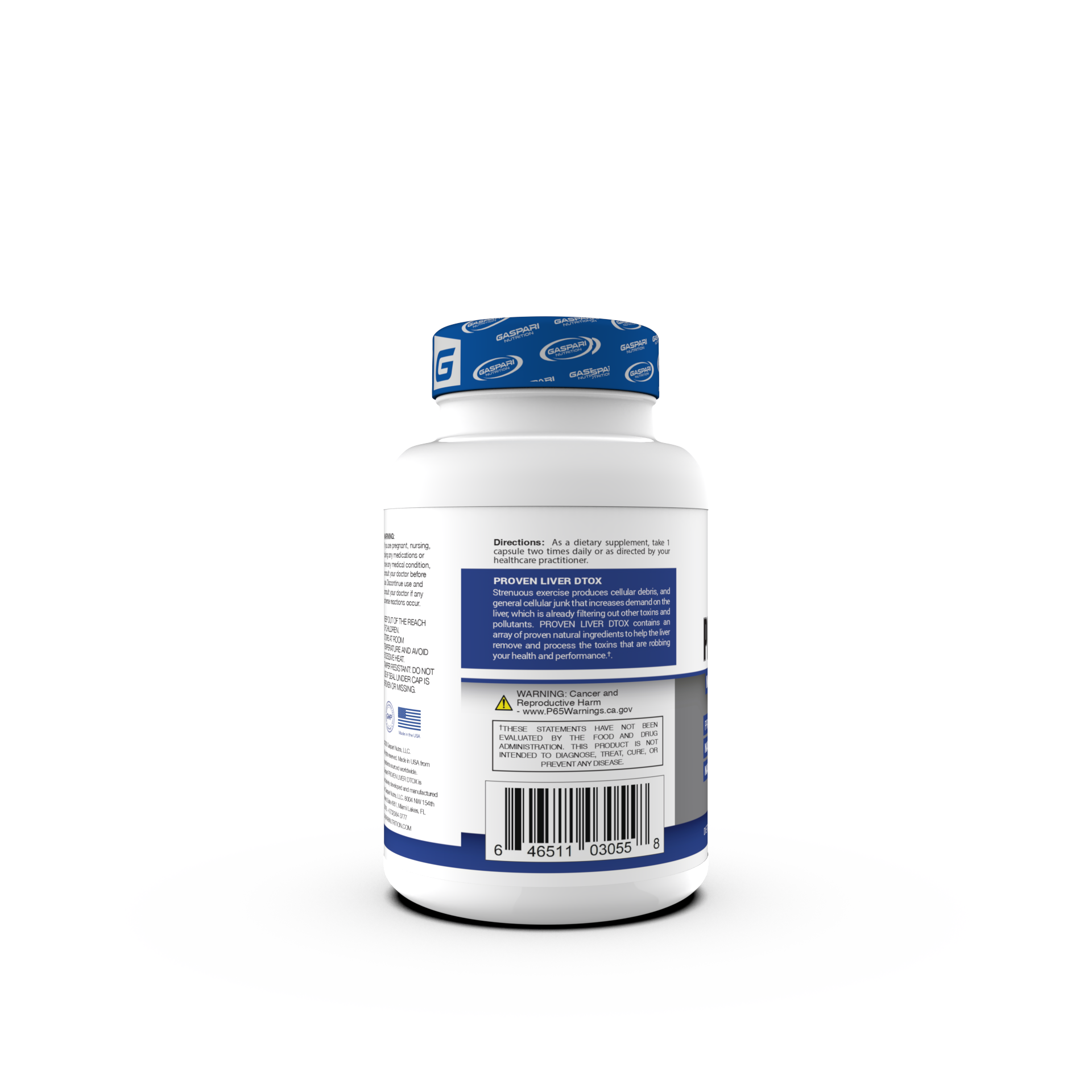

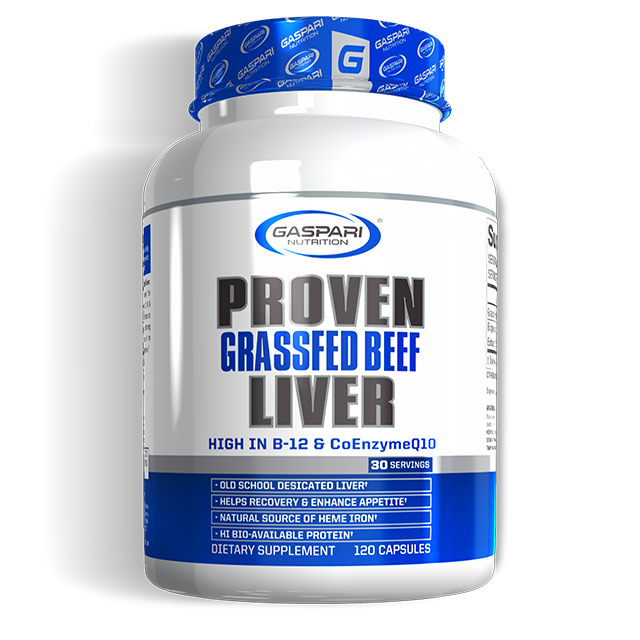





Share:
What Is the Macro Diet?
Should You Bench Press with a Smith Machine or a Barbell?